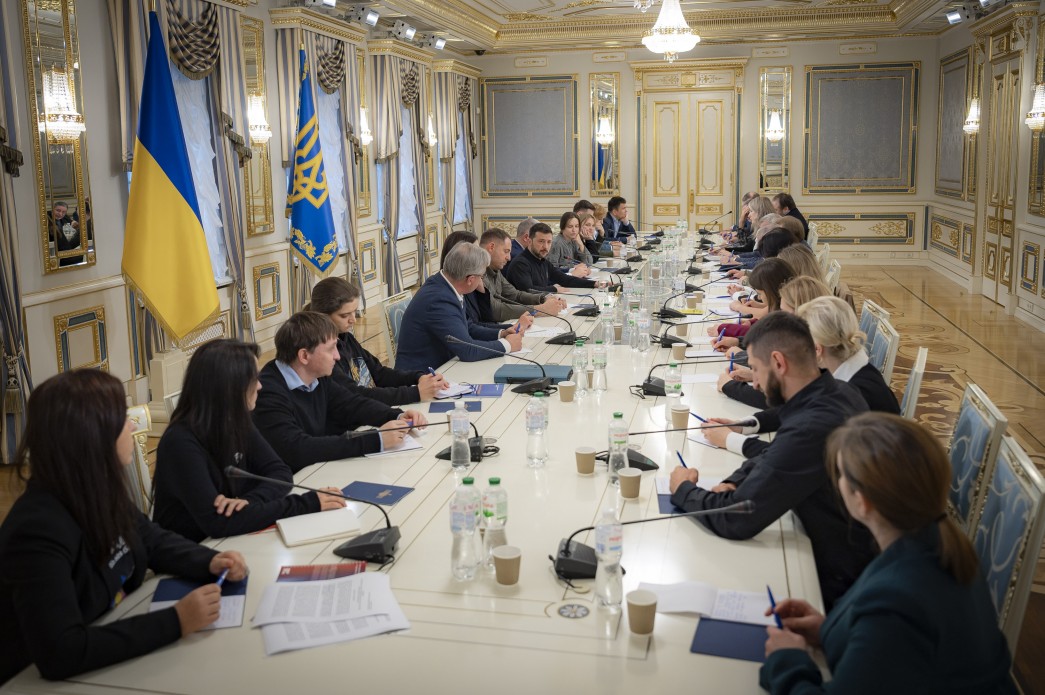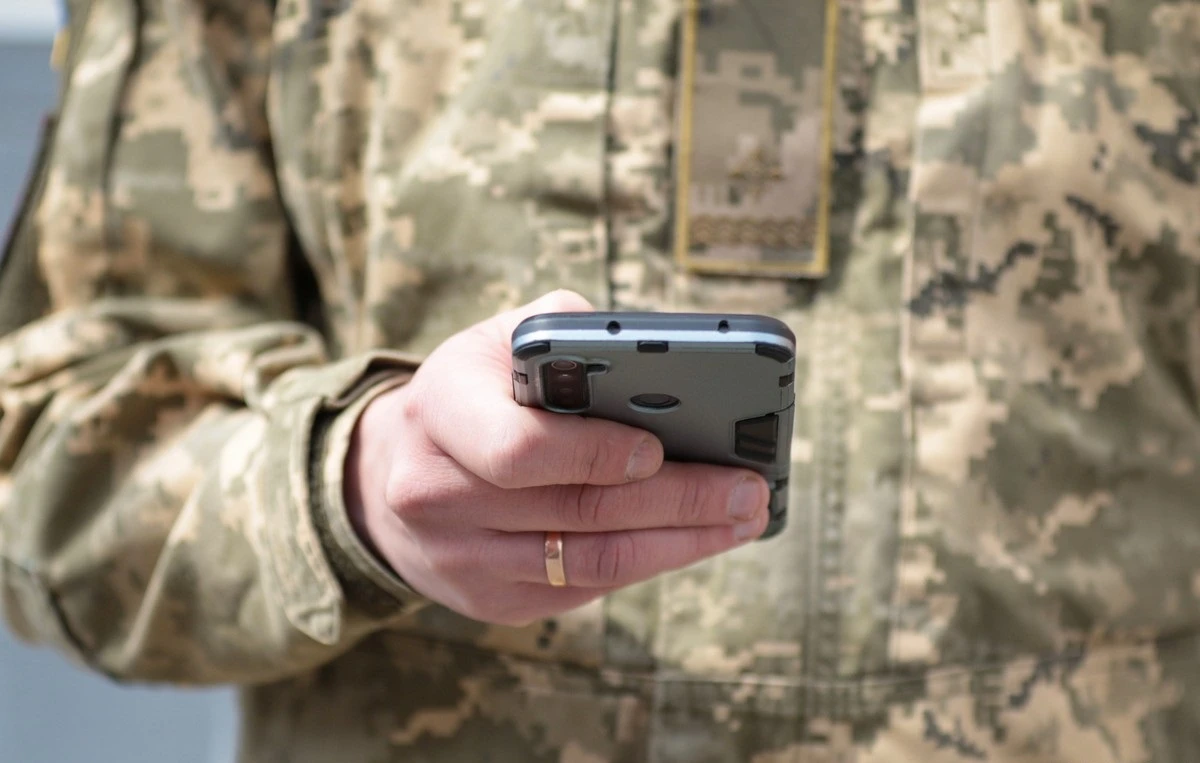The reform, introduced as an experimental project under government resolution No. 1291, is facilitated through the digital platform "Army+." This development is part of broader efforts to address inefficiencies in resource allocation, enhance morale, and ensure optimal personnel engagement amid the ongoing war with Russia.
As activist Lyuba Shipovich, one of the key advocates for the reform, explains, "The inability to transfer to another unit became so critical that people were ready to leave units unauthorized, violating orders."
Soldiers being permanently attached to their units was one of the largest challenges to military morale, she said.
Hitherto, a soldier could be stuck with a bad commander without any chance of leaving. The bad commander could be sending subordinates to their deaths and directing highly-trained drone operators or engineers into infantry positions. Moreover, bad commanders lie to the higher command, presenting the situation better than it actually is. In return, they receive praise and even promotions, despite escalating human losses and lost positions.
A good commander, on the contrary, would take care to minimize casualties and ensure that each soldier would be using their capabilities to the maximum.
Bad commanders were not only named as one of the main factors discouraging potential soldiers from enlisting but were also pushing active servicemen to desertion, which has grown into a major problem
within the army amid the lack of any fixed terms of service. In 2023 alone, 16,500 criminal cases were launched in Ukraine against servicemen who deserted their units.
This flood of desertions became so critical that Ukraine adopted an amnesty law, leading to 3,000 of these soldiers returning to their units.
Critically, bad commanders do not carry responsibility for their often deadly decisions. Their promotions lead , to bad decisions made on higher levels. This is a major blow to soldiers' motivation to continue serving, and especially to the motivation of potential recruits: they could be stuck in a unit led by a bad commander.
Now, this could change: if many soldiers want to transfer from a unit, it will be evident that the commander’s qualifications are severely lacking, which would potentially lead to high competition and growth within the most combat-capable, experienced units.
The unit transfer initiative stemmed from a dialogue between civil society and the government. The idea gained traction during an October meeting between President Volodymyr Zelenskyy and representatives from civil organizations.
This meeting was hailed as a potential start for Ukraine to deal with some critical structural problems within its army that are causing a drastic blow to its combat capability.
It also aligns with a crucial NATO principle of civilian oversight of the military, which is crucial for preventing military overreach.
Discussions during the meeting highlighted systemic issues in personnel placement, with many soldiers unable to fully utilize their skills in their assigned units.
Shipovich noted, “The ability to transfer between units is not just about freedom of movement and choice (although that is important too); it is about ensuring that every soldier serves where they can contribute most effectively in the collective defense of our country.”

Subsequently, the Ministry of Defense, the General Staff, and civil society groups, including military-focused organizations, collaborated to draft and refine the proposal. Despite resistance during the initial stages, Shipovich and other advocates credited the perseverance of all parties involved for turning the concept into a concrete policy.
“The motivation of military personnel often depends on the unit in which they serve. And if a soldier wants to change their unit, they should have the opportunity to do so – to realize their potential and be more effective,” stated Kateryna Chernohorenko, Deputy Minister of Defense for Digitalization, emphasizing the system’s urgency.
How the system works
The reform is grounded in the use of the "Army+" platform
, a digital tool initially launched in August 2024 to digitize various administrative processes for military personnel. The platform now allows soldiers to submit transfer requests electronically, eliminating much of the notorious bureaucracy traditionally associated with the army.
According to Chernohorenko, the application process takes only 15-20 minutes, dramatically streamlining what was previously a weeks-long process. Besides some regular documents, all soldiers need is a recommendation letter from the unit they wish to join and, in some cases, approval from the commander of the soldier's current unit.
There are several safeguards. Soldiers must have served at least six months in their current unit and can submit a transfer request no more than once per year. Transfers from combat to non-combat roles remain restricted, except in cases supported by medical evaluations.
The reform categorizes eligible personnel into four main groups, which aim to balance individual preferences with the operational needs of the armed forces:
- Soldiers in logistical or training units seeking transfers to combat units.
- Soldiers in non-combat units wishing to move to other non-combat units.
- Combat personnel requesting reassignment within other combat units.
- Personnel with health-related reassignment needs, seeking transfers to roles aligned with medical recommendations.
This means that escaping combat positions through the transfer system will not be possible. Decisions on transfers are made within 72 hours. Requests cannot be denied if criteria are met. A random selection of 1% of all transfer decisions undergoes verification by the Ministry of Defense's personnel rights protection department.
Early successes and broader implications
According to President Zelenskyy's 19 November address to Parliament, over 500 transfers were approved in the first days of operation. The Army+ platform has registered 1,400 military units and processed 25,000 reports overall, with 410,000 service members using the system.
More detailed statistics from the Ministry of Defense indicate that over 1,500 transfer requests were submitted initially, with approximately half receiving positive decisions.
Maria Berlinska, founder of the Aerial Reconnaissance Support Center, frames
the reform within a broader vision of military modernization. "War logic is business logic," she explains. "A brigade commander is like a CEO of a large company. If they have 3-5,000 people, they're managing resources worth hundreds of millions of dollars including equipment."
Berlinska highlights the critical importance of leveraging civilian expertise within the military, particularly given the significant number of professionals who volunteered to serve from the earliest days of the full-scale war and are still unable to leave the military without facing serious legal repercussions.
She states: "Excellent managers, economists, and highly skilled businessmen volunteered – the army would never have gained access to such talent otherwise. This human resource must be utilized rationally, because managing a brigade is essentially managing a large team.”
Limitations and challenges
Most transfers still require permission from current commanders, presenting a crucial limitation to the reform's scope.
Moreover, there are objective complications. As Vladyslav Hreziev, head and founder of the recruiting agency Lobby X, who was a member of the team that developed the solution, explains, transfers might be complicated for officers or service people responsible for the equipment of units, as many others depend on them.
According to Anton Muraveinyk from the "Come Back Alive" Foundation, when considering allowing everyone to transfer freely, they identified 36 critical risks. Hreziev explains that uncontrolled transfers could weaken defense capabilities, particularly in crucial front-line areas, where mass infantry transfers could lead to entire units losing combat capability.
The reform is structured as a two-year experimental project, though limited to the duration of martial law. After completion, the Ministry of Defense will submit a report to the Cabinet of Ministers along with proposals for legislative changes.
Civil society activists view this as an initial step toward broader reform. As Shipovich notes, "This is treating symptoms, and we need to work on structural reform of human capital in the army. But right now, it's crucial to give military personnel the ability to transfer to units where they can be more effective."
The reform represents a significant shift in Ukraine's military personnel management, potentially improving both operational effectiveness and troop morale.
For Ukraine's military leadership, the reform presents both an opportunity and a challenge. As Shypovich points out, data about transfers from and to units will be collected on a dashboard accessible to Ministry of Defense and General Staff leadership, allowing them to evaluate commanders based on whether troops want to serve under them – introducing a market-based feedback mechanism into military leadership evaluation.
Read more:
- Ukraine has long-range drones with 1,800 km range, minister says
- Inside Kremlin’s hidden torture camp for Ukrainians in Belarus
- Can Europe fill in the gap if Trump abandons Ukraine?
- Should Ukraine have nuclear weapons? Philosopher Slavoj Žižek speaks out
- Inside Ukraine’s kitchen drone labs halting Russia’s war advance

